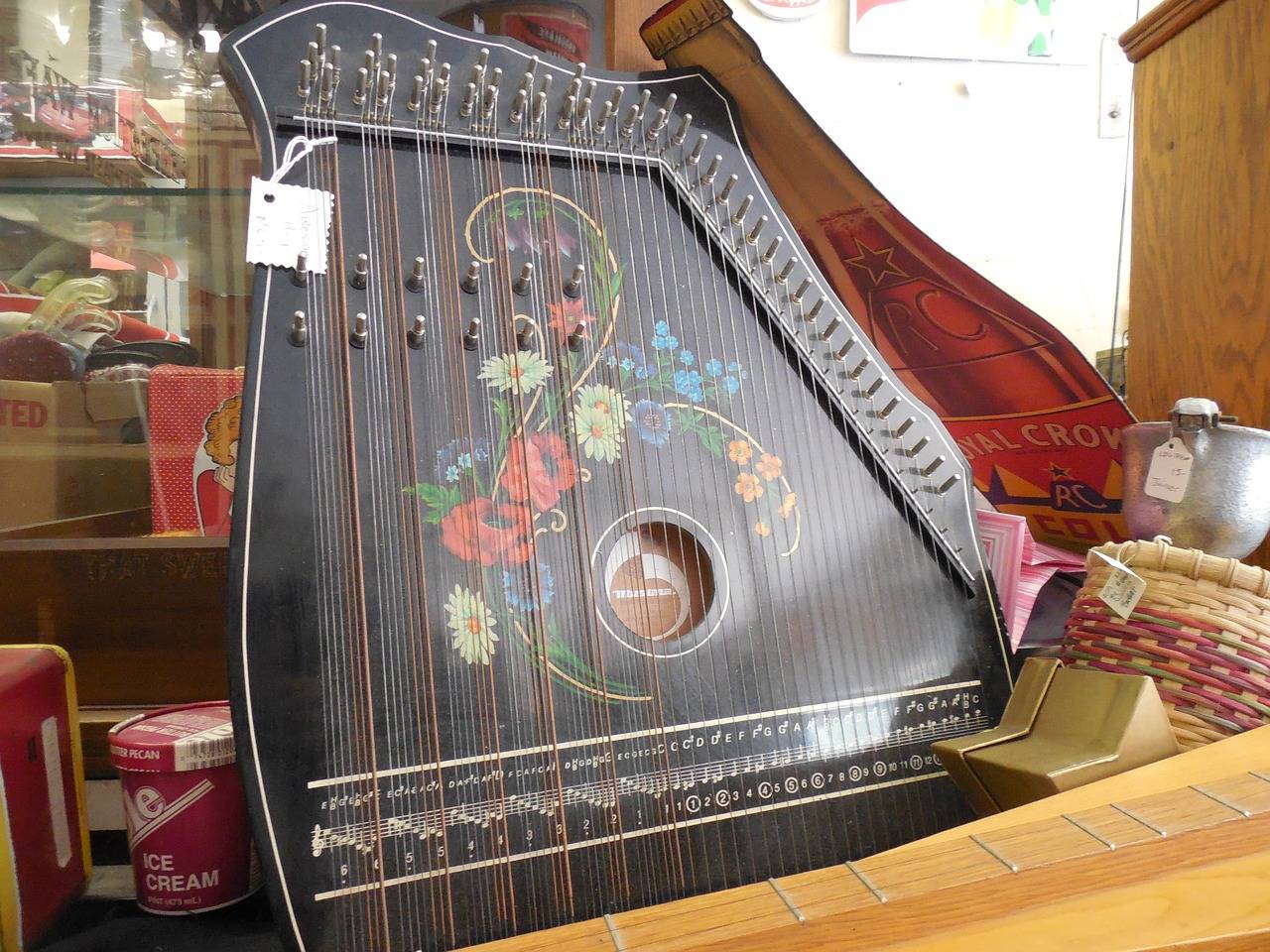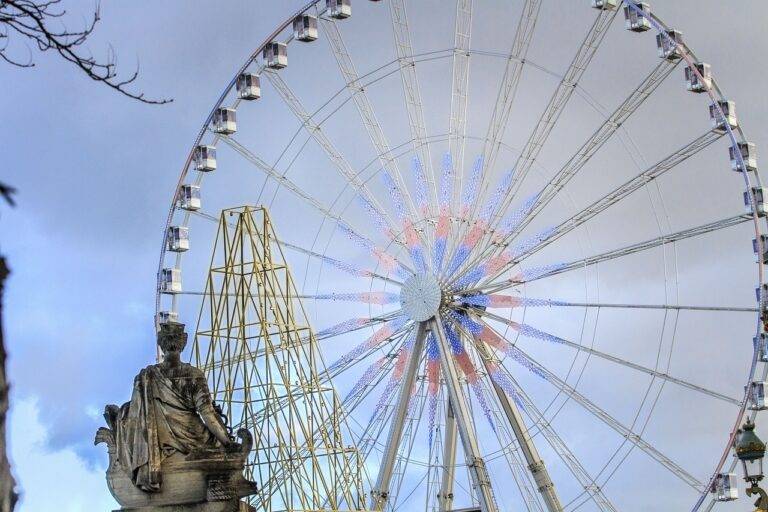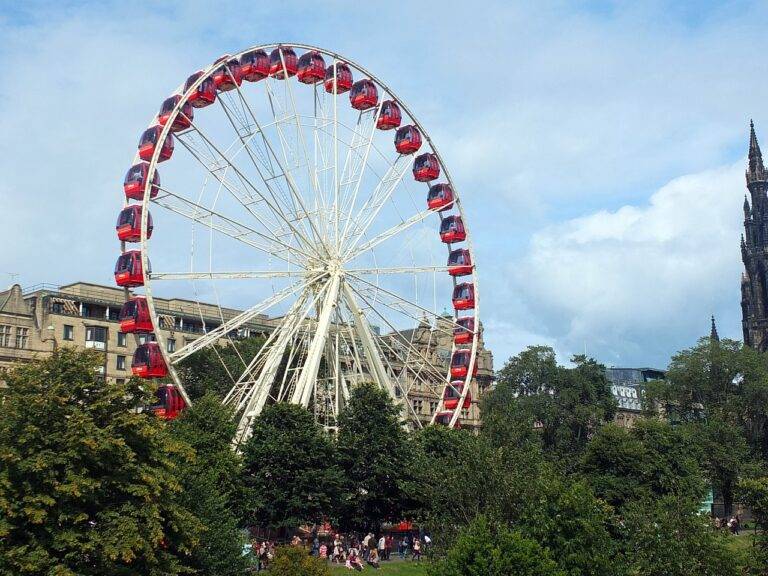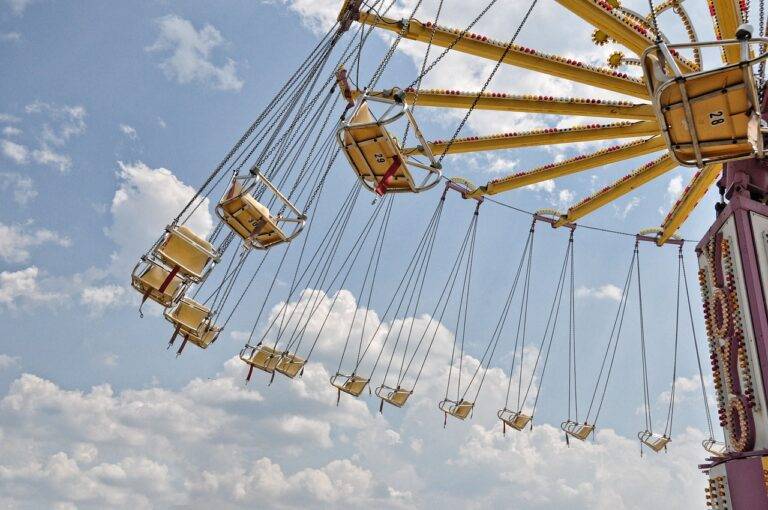The Role of Choreography in Creating Iconic Dance Scenes
The evolution of cinema has witnessed the incorporation of iconic dance scenes that have left a lasting impact on audiences across generations. From the energetic and exuberant routines of Fred Astaire and Ginger Rogers in classic Hollywood musicals to the groundbreaking choreography of Bob Fosse in contemporary films, dance has played a pivotal role in shaping the visual language of cinema. These iconic dance scenes not only entertain and captivate viewers but also serve as a reflection of the cultural and social values of their respective time periods.
Moreover, iconic dance scenes have the power to evoke emotions, convey storytelling elements, and create memorable cinematic moments that transcend language barriers. The meticulous choreography, intricate movements, and expressive gestures showcased in these dance sequences elevate the cinematic experience by adding depth and complexity to the narrative structure. Through the lens of dance, filmmakers are able to explore themes of love, joy, passion, and struggle in a visually dynamic and visceral manner that resonates with audiences on a profound level.
The Influence of Choreographers on Dance Films
Choreographers play a crucial role in shaping the visual and emotional impact of dance scenes in films. Their ability to translate a director’s vision into captivating movements on screen adds depth and authenticity to the storytelling. By strategically choreographing each dance sequence, choreographers infuse meaning into the movements, allowing characters to express themselves in a way that words often cannot.
Moreover, choreographers are integral in amplifying the themes and messages of a film through their innovative dance sequences. Their creative input not only enhances the aesthetic appeal of the movie but also helps in conveying subtextual narratives. Through their mastery of movement and rhythm, choreographers have the power to evoke powerful emotions and leave a lasting impression on the audience.
How Choreography Enhances Character Development
When it comes to character development in films, choreography plays a vital role in enhancing the intricacies of a character’s personality. Through the movements and gestures of dance, viewers are able to gain a deeper understanding of the emotions, struggles, and motivations of the characters. The way a character navigates through a choreographed sequence can reveal their vulnerability, strength, passion, or inner conflicts with remarkable clarity.
Incorporating choreography into character development also allows for a more immersive storytelling experience. By expressing emotions and thoughts through dance, characters become more relatable and multidimensional. Choreographed sequences can symbolize character growth, relationships, and pivotal moments in a film, creating a visual language that adds layers of depth and meaning to the narrative.
• Choreography helps to reveal the emotions, struggles, and motivations of characters
• Movement in dance sequences can showcase a character’s vulnerability, strength, passion, or inner conflicts
• Choreography enhances character development by making them more relatable and multidimensional
• Dance can symbolize character growth, relationships, and pivotal moments in a film
• Visual language through choreographed sequences adds layers of depth and meaning to the narrative
What is the historical significance of iconic dance scenes?
Iconic dance scenes in films have played a crucial role in showcasing the talent and creativity of choreographers throughout history. These scenes have become memorable moments that have left a lasting impact on audiences.
How do choreographers influence dance films?
Choreographers play a key role in bringing a character’s story to life through movement. They work closely with directors and actors to create dance sequences that not only entertain but also help develop the character’s personality and emotions.
How does choreography enhance character development?
Choreography can enhance character development by providing insight into a character’s motivations, emotions, and relationships. Through movement, choreographers can convey a character’s inner thoughts and struggles in a way that words alone cannot express.





